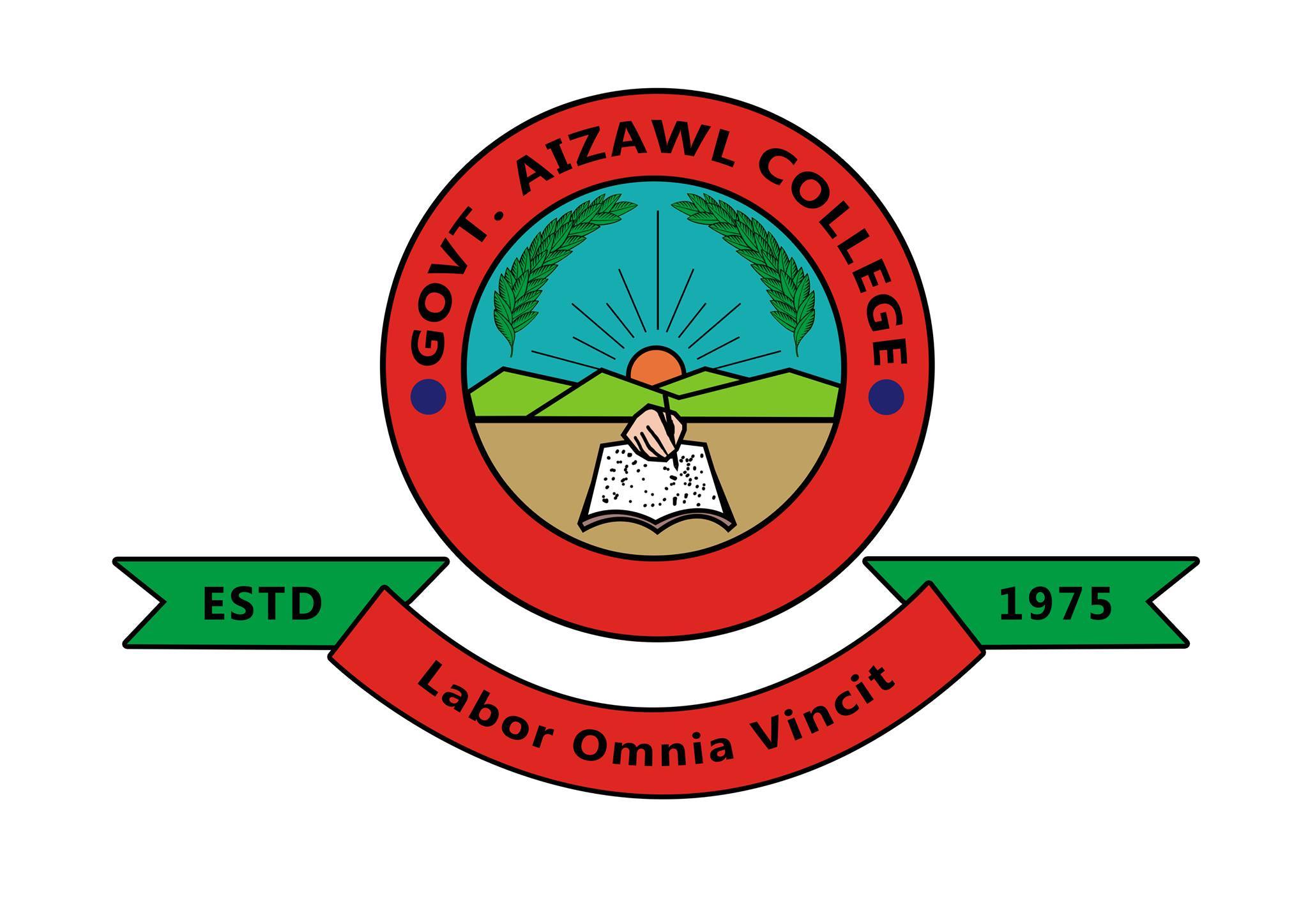
On Monday the 21st March 2016, a special lecture on “Researching Women’s Lives: History and Photography in Colonial India,” jointly organised by the departments of History and Sociology, was delivered at the college Conference Hall by Prof. Geraldine Forbes, Distinguished Professor Emerita, Dept. of History, State University New York, Oswego.
Mr. Robert Laltinchhawna, Asso. Prof. of the dept. of History, chaired the lecture. He delivered a welcome speech and introduced the speaker to the audience made up of teaching faculty members and VI semester Core students (from the Sociology, History and English departments), as well as a few researchers from outside the college.
Prof. Forbes began her lecture by tracing the development of photography in India. She examined the ways in which the camera has been used by society and how pictures were taken over the years. She talked about the different ways of taking pictures for male and female and at different age groups. She stressed on the instrumentality of photographs as a historical source to tell many untold stories of women’s lives. However, she pointed out the importance of understanding the limitations of photographs, the need for understanding the context in which they are framed and the necessity of looking beyond it as a historical illustration. In a powerpoint presentation, she displayed a number of photographs, mainly from colonial Bombay and Calcutta, giving a systematic and in-depth analysis of the pictures and explained the stories they carry and how effective they are in tracing elusive lives of women. She also explained the vast and rich sources that are available in Mizoram and encouraged the students and researchers to work on the numerous sources easily available to tell the Mizo story, which is still next to being unheard of in the mainstream narrative and historiography of India.
Several questions were raised by the audience, mainly students, which was very encouraging. Prof. Forbes took great pains to answer the questions and queries raised, and the lecture ended with the audience feeling satisfied and encouraged to delve deeper into the subject.


















